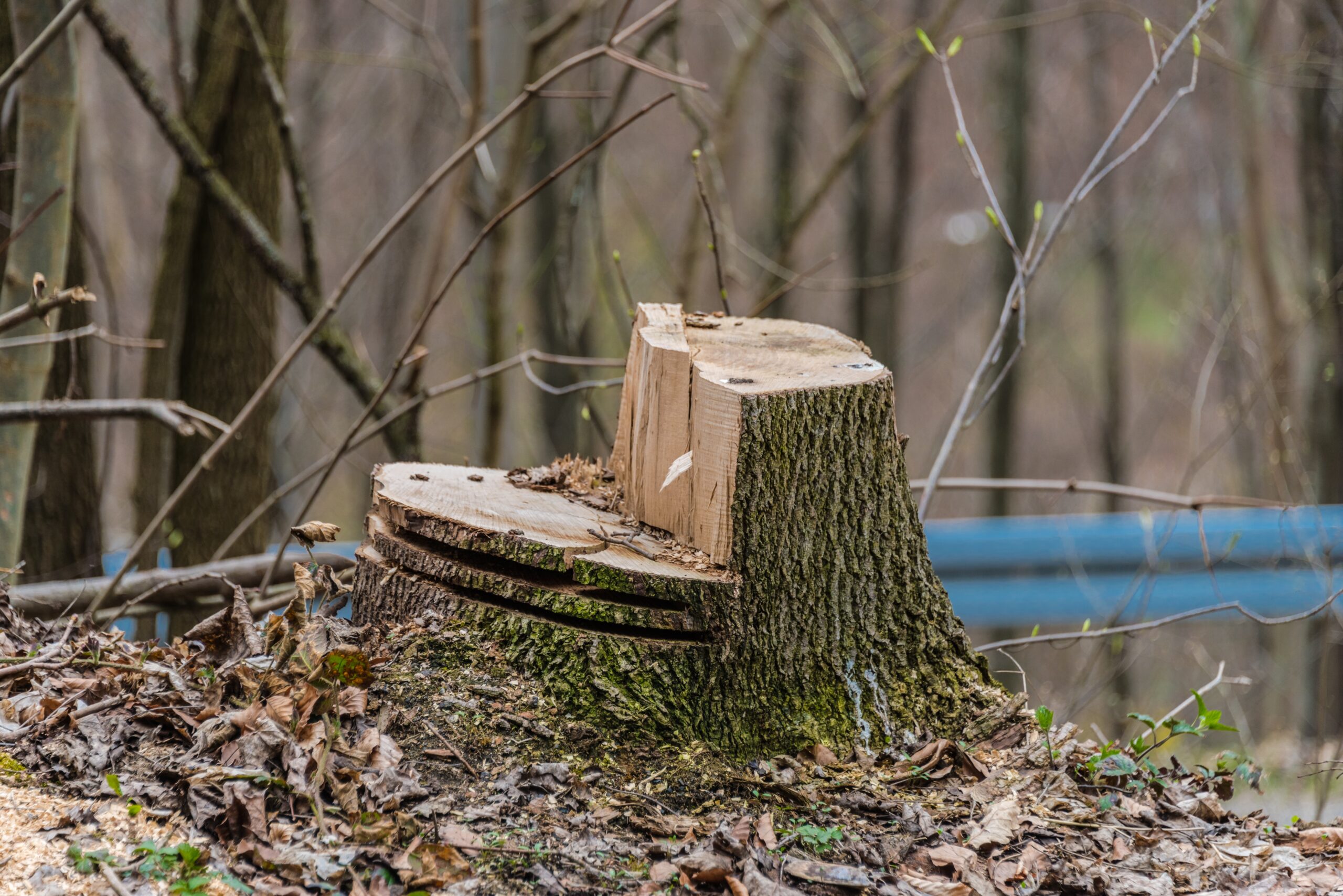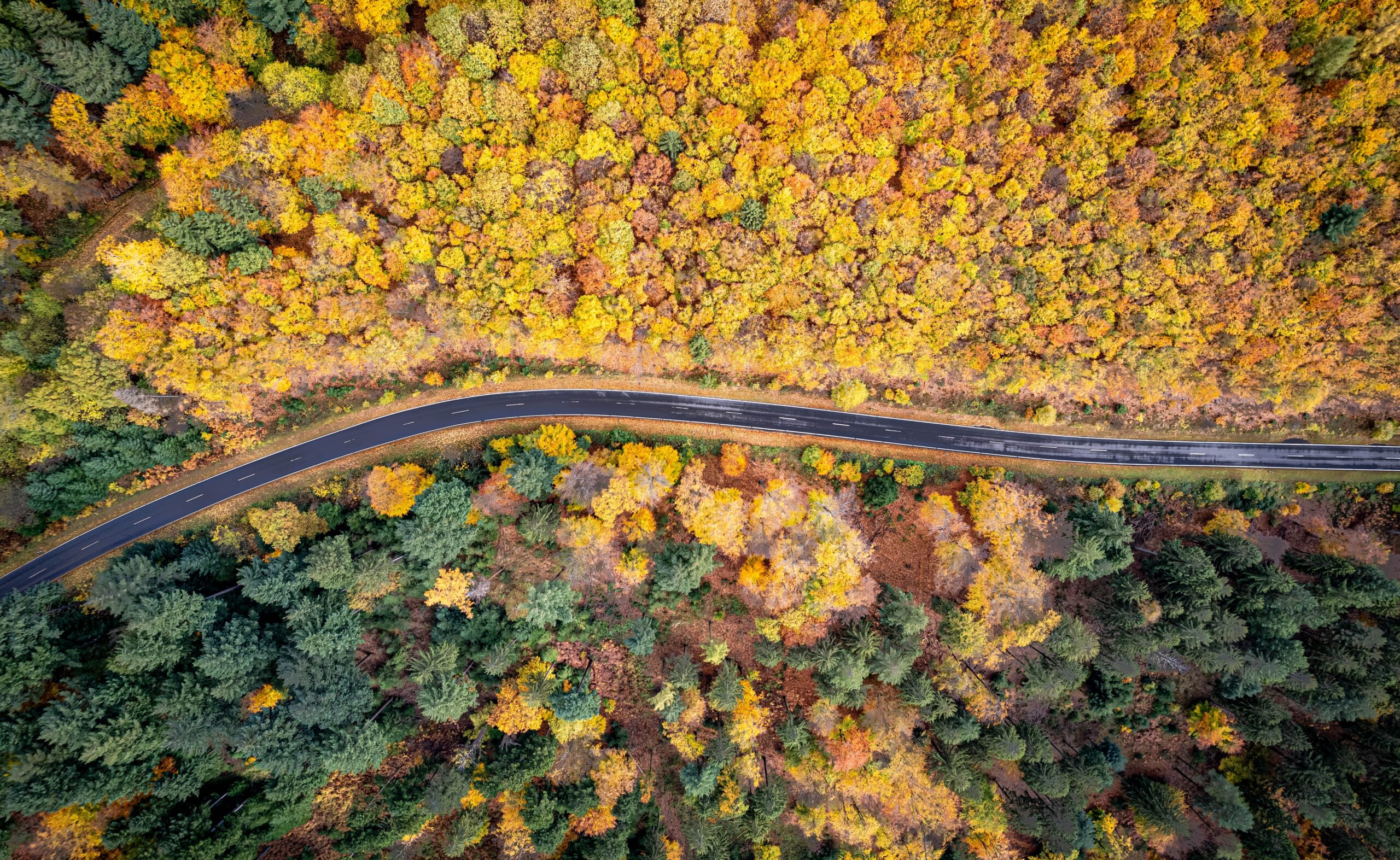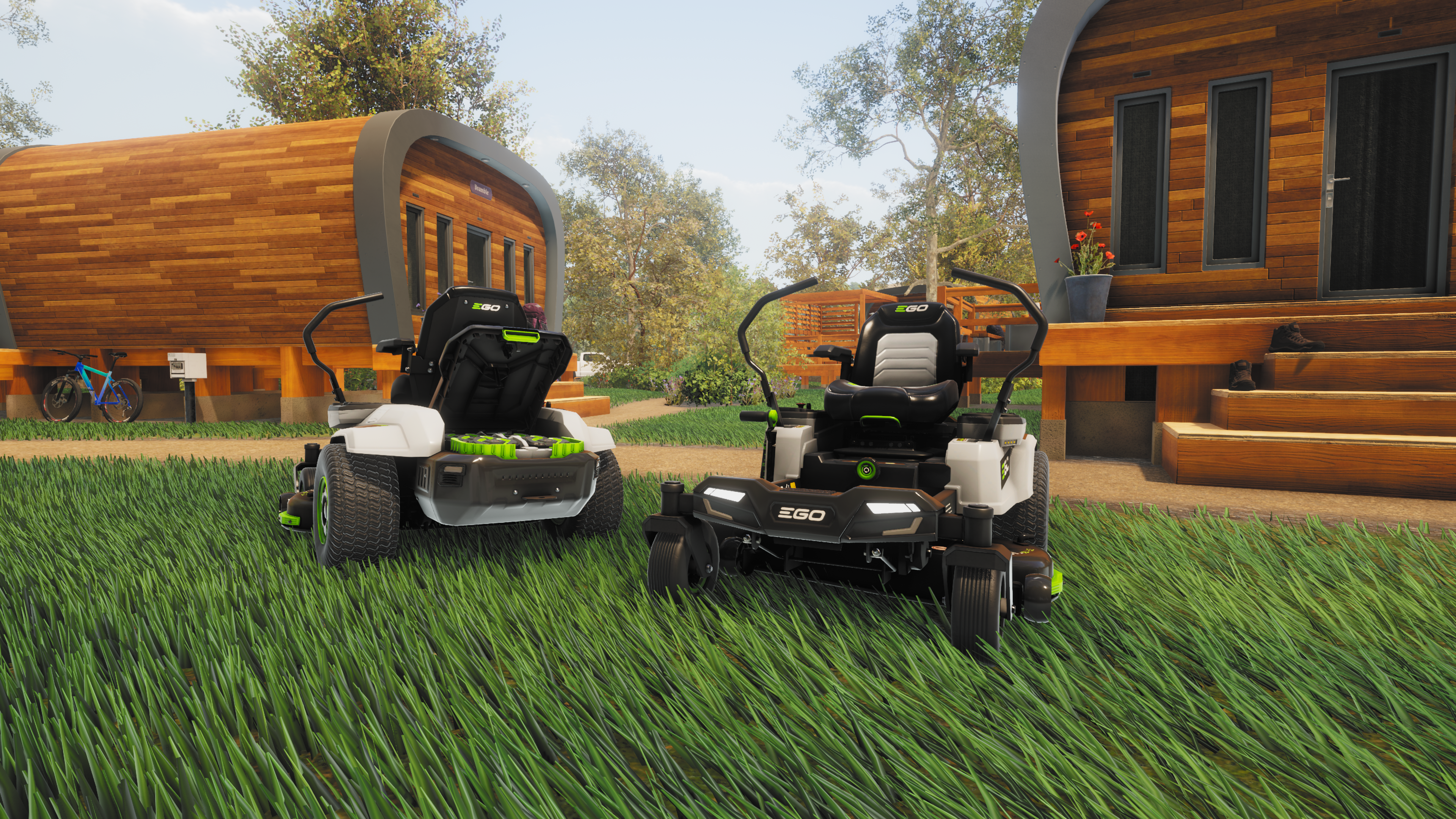Debunking Myths About Tree Felling

It’s a common misconception that the practice of cutting trees down is harmful to the environment. Understandably, this myth has been able to take root as trees are a huge source of our earth’s oxygen. They’re also part of a delicate ecosystem that we’re fighting hard to protect, so some might say cutting down any tree is terrible, right? Well, not exactly.
Chopping certain trees down contributes to a carefully managed ecosystem that brings with it many benefits for the environment, including for wildlife.
Read on about the benefits of tree felling, whilst also highlighting the cases where it is indeed harmful to cut trees down.
The benefits of cutting trees down

Many believe that the only good reason to cut a tree down is to harvest them for common materials such as paper and wood. However, there are a variety of other benefits that aren’t commonly discussed.
Forest restoration
The competition between older and younger trees for nutrients and sunlight is rife. Older trees are much larger than younger trees, taking up vital nutrients that the younger trees need to grow, discouraging their development and stunting their growth.
Selectively felling these older trees prevents the stagnation of younger trees and promotes the development of an ecosystem that will thrive for many years to come.
The selective planting of trees is something that we feel strongly about at Challenge 2025, and we support it through EGO’s partnership with the Eden Reforestation Projects.
Increased forest biodiversity

A diverse ecosystem within a forest is encouraged by tree felling.
Species such as brambles, mushrooms, crab apples and wild cherry trees can flourish by selectively removing trees. This allows an abundance of diverse plants and animals to thrive on a wider array of nutrients as a result.
Woodland creatures such as deer, rodents, robins, and beavers are also provided with a food and shelter source from the diverse mix of flora and fungi.
Ensured sustainability with modern practices

Historically, very little regard for the environment was given in the highly publicised and widely condemned acts of deforestation in our planet’s forests, such as the Amazon.
However, sustainable logging practices are now taking place worldwide, in which the needs of the environment, wildlife and communities are balanced. Sustainable logging ensures that forests continue to live, and the environment remains intact with abundant diversity.
Prevention of disease and infection
A relatively unknown issue, forests can be completely wiped out due to the spread of disease in plants, even stemming from just one or two trees. If we remove and dispose of infected trees, the threat of disease decimating the entire forest is removed and the forest can grow healthily and continue to thrive.
When a tree should not be cut down
The benefits of tree felling are numerous, but not every tree needs to be cut down and very often it’s a good idea to leave certain trees alone. If you find yourself unsure whether to cut down a tree in your garden, there are some signs you should look out for.
You should leave a tree alone if:
- It is not casting shade over vital parts of your garden
- It is not planted in an intrusive place
- It is not in any danger of falling on a person or property
- Pipework or property foundations will not be affected
- The tree is still young and isn’t likely to cause any of the issues above in the future
How to recycle felled trees
If you have recently cut a tree down, there are a multitude of ways that you can recycle it and reuse it in your garden or green space, below are some examples.

You could cut the trunk into different-sized lengths to be used as a border for a raised plant bed. Fill the plant bed with compost and grow fruit or vegetables in it.
If you bury leftover logs in your garden, it’s possible to create a hügelkultur bed in which a diverse range of plants can flourish. Or an above-ground woodpile could be a perfect environment for beneficial life such as moss and fungi to thrive. Greater biodiversity in our green spaces comes with numerous environmental benefits.
An innovative way to protect the environment
The creation of biodiversity, the restoration of our forest and the prevention of plant disease are all great reasons why the myths around tree felling should be debunked. Whilst there are many times in which cutting down trees is harmful; the practice certainly has its place in the mission to create a sustainable environment for us all to live in.
Creating a sustainable living environment is what we’re all about here at Challenge 2025 and it has been since we set out to make change back in 2020. We founded Challenge 2025 to empower people to make the switch from harmful energy sources like petrol power to sustainable energy sources, such as battery power.
Switching from petrol power to battery power will lead to a significant reduction in harmful emissions and noise, whilst increasing safety and comfort for users.
Are you interested in innovative ways to protect the environment? Do you want to learn more about emissions or climate change? – then Download The Report below and keep an eye on our blog for updates on how we’re helping create a future that’s cleaner, quieter, and safer.